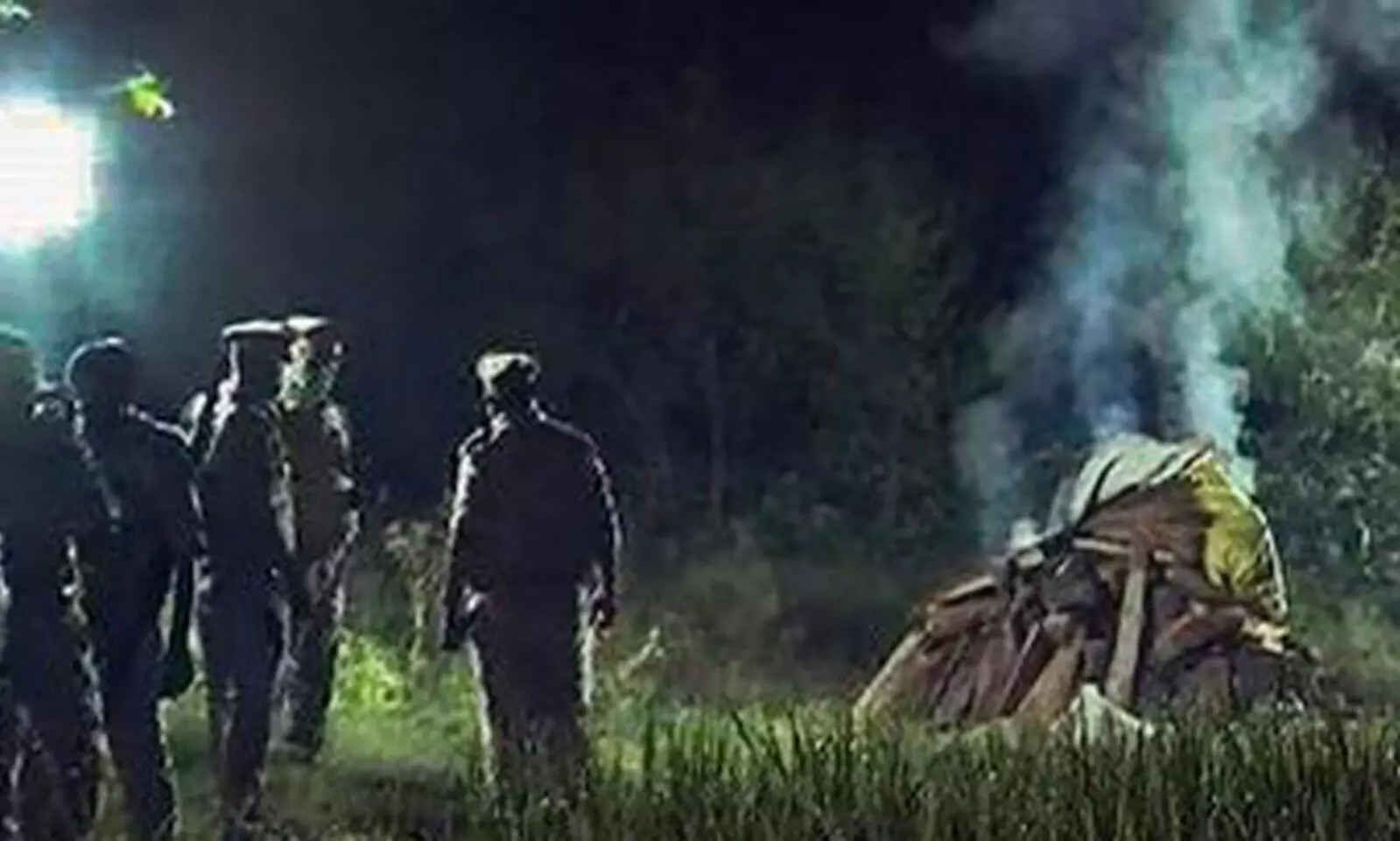Patriarchal and casteist?

Two and a half years back, a massive uproar against the Hathras crime grabbed international attention. The case took vigorous political colour in India, and rights activists and journalists came out with boiling questions. The answers to those questions, as reflected in UP’s SC/ST court verdict last week, appear less serious, bordering on futility. Almost like a magic trick, the primary allegations of rape and murder have been made to disappear. The 19-year-old girl’s body was found naked and bleeding but she was not raped, she died but was not murdered! And it must be believed that the Indian justice system is completely capable of creating such magic. The Hathras case was not just an incident of crime. It was a complex confluence of crimes by oppressors against the oppressed — a crime by men on a woman and a crime by a few upper caste individuals against a Dalit. Made in want of evidence and with an apparent lack of conscience, the judgement by the SC/ST court reeks of casteism and has patriarchal overtones — explaining why crimes against women and atrocities against Dalits are so common in India despite strict laws in place. Rather than relying on the victim’s dying declaration, the court found it more appropriate to depend upon its self-cooked speculation that the victim and her family might have been tutored under political influence. This practically amounts to utter disrespect towards the victim and her family. While letting the three accused go scot-free, the court is convinced that the fourth and the main accused did not intend to kill the girl “as the victim continued to talk even after eight days of the incident.” Furthermore, apart from the victim's dying declaration — which the court found inconsistent with her initial remarks — no concrete proof of rape or molestation could be furnished. The question is whose responsibility was it to gather evidence? This certainly was not the responsibility of the dying victim or her family. This was the duty of the state which failed badly in delivering it. Aligarh Hospital, where the victim was treated during the initial weeks, had reportedly clarified that the samples could not be used as evidence as they were taken 11 days after the incident took place. The police, it seems, was more interested in a speedy cremation of the victim than in a timely collection of evidence. It may be noted that the Central Bureau of Investigation (CBI), in its chargesheet, had affirmed that the woman was raped by the four men. The chargesheet also pointed out that “though the victim alleged molestation, her medical examination regarding sexual assault was not conducted.” One is forced to wonder what the fault of the victim and the family was. They had no control over the factors that influenced the judgement — it was beyond their control that the incident took political colour or that the samples could not be collected timely. It will not at all be wrong to conclude that if there was no clear evidence in favour of the victim’s family, the judgement that went in favour of the accused, largely, was also based on speculations and inconclusive evidence. The shoddy primary investigation by the police shows how seriously the crimes against women and Dalits are taken in India. The SC/ST court, while readily relying on its speculation that the victim and her family might have been tutored, seemed completely oblivious to the fact that the lacunae in police investigation could have been a result of political or social influence. When it is opined that it is a misfortune to be born as a woman or Dalit in India, no exaggeration is intended. Double-victimisation of the family of a victim of gendered crime is a norm in India. In the case in question, the family is living under state protection and fears that the release of the three accused could be a threat to them. They have not yet immersed the ashes of the victim. The family is likely to move to higher courts. Theirs appears to be a long battle with an uncertain outcome.



